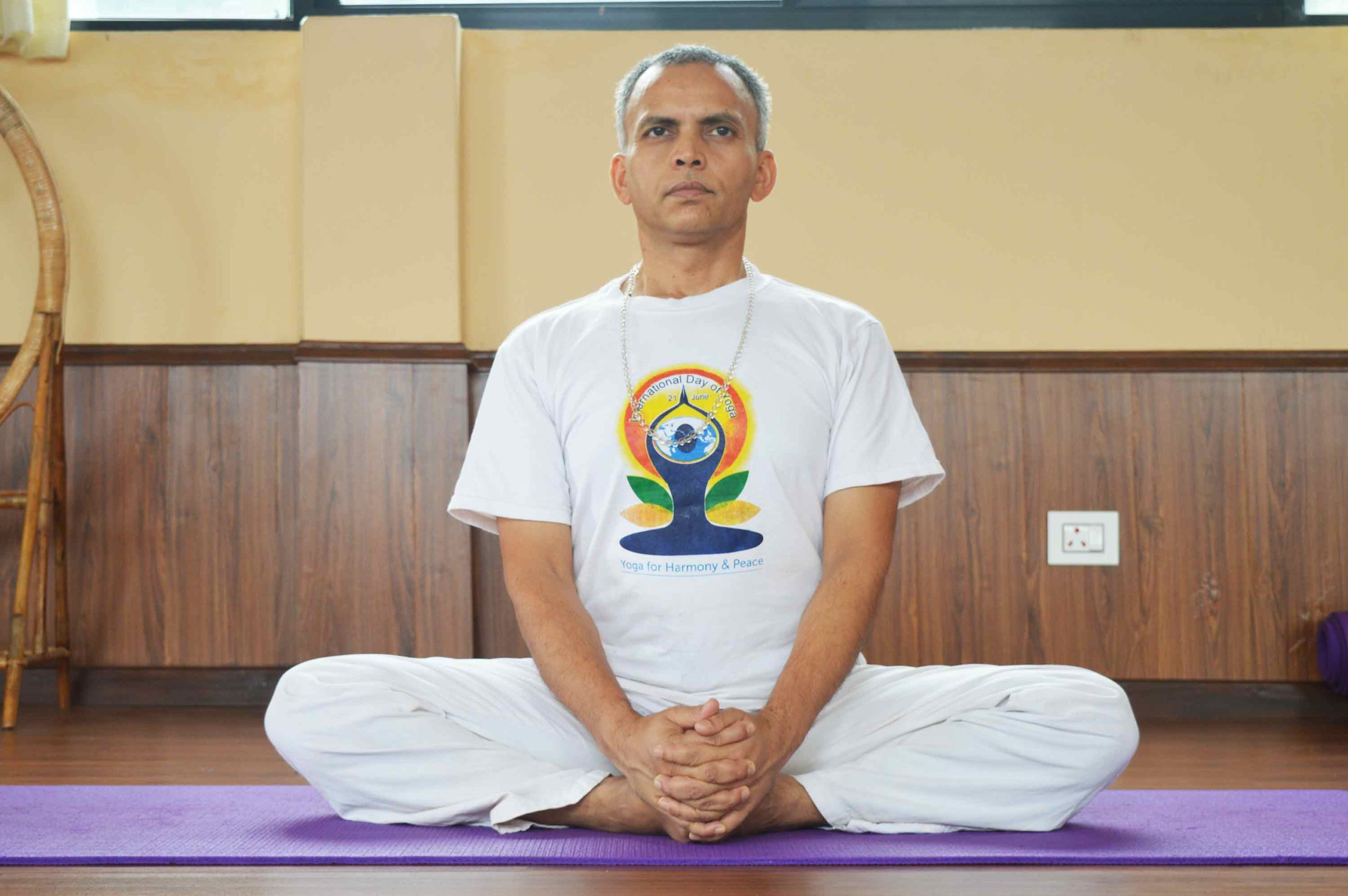
12 Jan 2021 HYN Himalayan Yoga Academy
Introduction
Badha = Bound or Restrained, Kona = Angle, Asana = Pose or Posture. This pose is pronounced as BAH-dah-cone-AHS-ana. Titali or Putali Asana or Kriya, the Sanskrit word which suggests Butterfly in English. In Titali Asana you’ve got to maneuver your knees up and down an equivalent because the wings of a butterfly, so that’s why it’s referred to as Butterfly Pose. The Butterfly pose is additionally mentioned because of the Purna Titali Asana. There are active and passive two variations.
Titali Asana with stilling is nearly like a Bound Angled Pose or the Baddha Kona Asana or Poorna Titali Asana and also meditated variation is also called Gorakshasana. This is often an easy exercise that will simply be performed once even with minimum directions from your trainer. Targeting primarily the legs, it’s the proper cure to relax and stretch the muscles of the legs, especially once an extended day of labor or an intensive computer. The reclined Butterfly posture is another variation of the Butterfly pose (Titali Asana).
How to Do Poorna Titali Asana (Full Butterfly)
Steps
1: First sit within the Base Position Yoga Pose (Prarambhik Sthiti) with the legs outstretched and therefore the feet together.
2: Bend the knees and convey the soles of the feet together.
3: Now keep the heels as on the brink of the perineum as possible.
4: Fully relax the inner thigh muscles.
5: Now clasp the feet with both hands.
6: Gently move the knees up and then down towards the ground, but don’t use any force while moving the knees up and down.
7: Gently practice up to 30 to 50 up and down movements.
8: Gently straighten the leg after completing the practice, but slowly and punctiliously bend it once, Keep the soles of the feet together.
9: Place the hands on the knees.
10: Now using the hands, gently push the knees down towards the ground, allowing them to originate again.
11: While doing the Full Butterfly Yoga Pose using the hand doesn’t force this movement.
12: Gently repeat 30 to 50 up and down movements.
13: Gently straighten the leg after completing the practice, and relax.
Benefits of the Putali Asana (Butterfly Acts):
- The butterfly pose renders a great stretch for the inner thighs and groin.
- It relaxes the tensed tissues and improves the flexibility of this region.
- It improves blood circulation in the lower body that is stalled due to long sitting hours
- A good stretch for the inner thighs, groins and knees, improving flexibility in the groin and hip region
- Helps in intestine and bowel movement
- Removes fatigue from long hours of standing and walking
- Offers relief from menstrual discomfort and menopause symptoms
- Helps in smooth delivery if practiced regularly until late pregnancy
- Stimulates abdominal organs, ovaries and prostate gland, bladder, and kidneys
- Stimulates the heart and improves general circulation
- Stretches the inner thighs, groins, and knees
- Helps relieve mild depression, anxiety, and fatigue
- Soothes menstrual discomfort and sciatica
- Helps relieve the symptoms of menopause
- Therapeutic for flat feet, high blood pressure, infertility, and asthma
- Consistent practice of this pose until late into pregnancy is said to help ease childbirth.
- Traditional texts say that Baddha Konasana destroys disease and gets rid of fatigue.
Precautions
While doing the asana, take care that: This asana should be avoided in case of Groin or knee injury. Be careful while bending if you suffer from High blood pressure or any cardiac problems. Be slow and careful while doing the asana as in almost all the yoga asanas, as being quick is not what is called for in any yogic Asanas. The butterfly should be avoided by ladies if menstruating trouble or should be performed under the guidance of a yoga expert during those days.
Conclusion
Titali Kriya or Asana can be practiced for warming and opening joints as subtle exercises, for more warm-up and stretching as Dynamic exercises, and then for stilling, strength, stamina, endurance, and power as Asanas. Butterfly can be practiced at the beginning of the session, middle of the session, and middle of the day as needed. It is a very common asana for all levels of practitioners.
